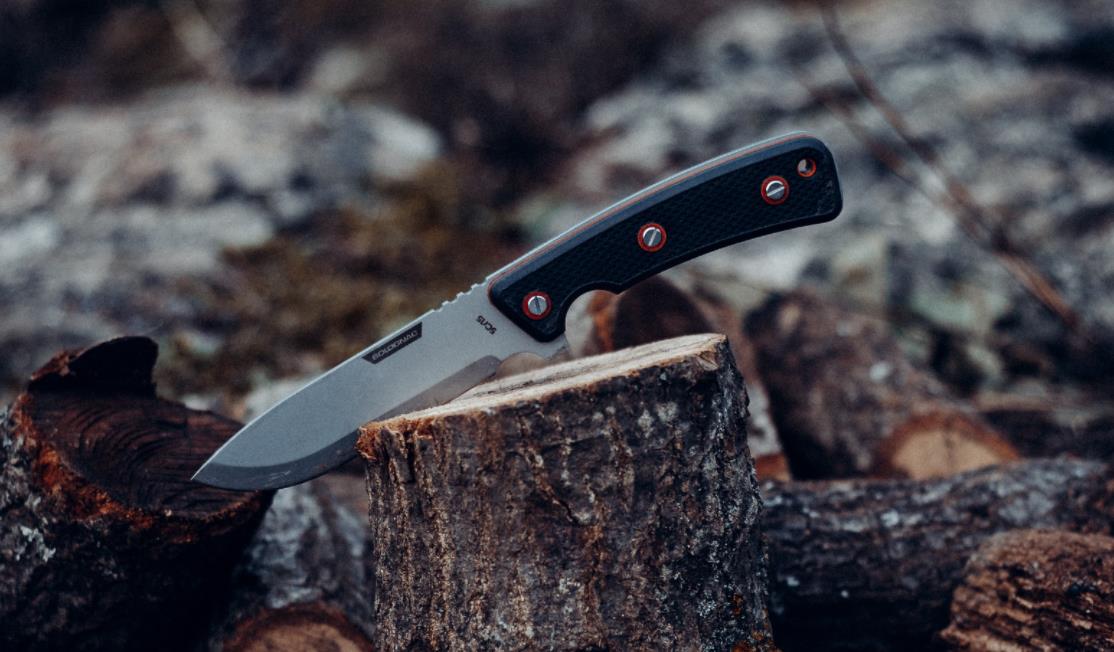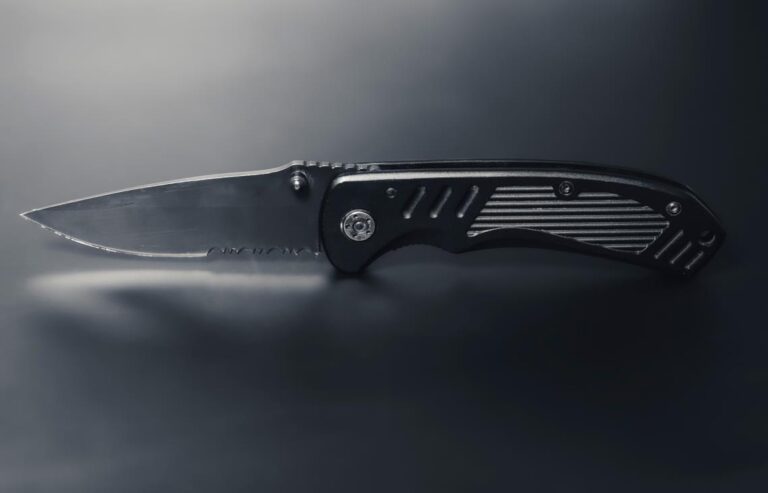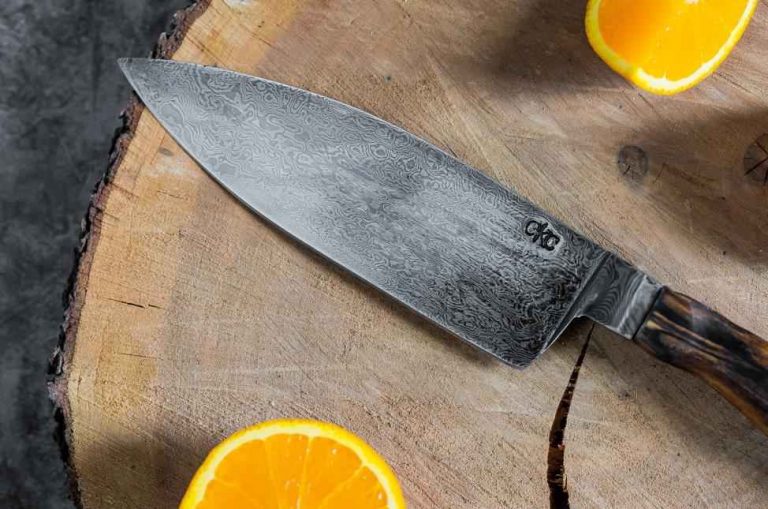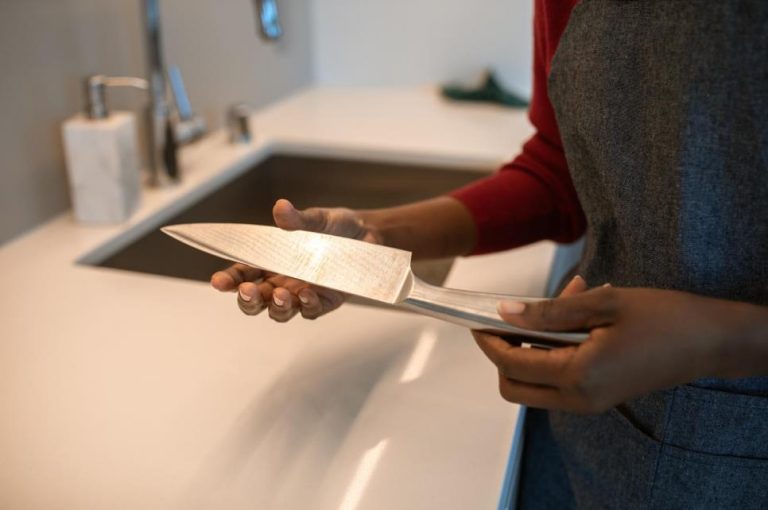In the world of knife making, the handle plays a crucial role in determining the quality, durability, and functionality of the end product. One knife handle material that has gained popularity in recent years is Micarta, a versatile and practical synthetic substance.
Micarta is a composite material made from layers of fabric or paper that are impregnated with a resin, typically phenolic, and subjected to heat and pressure. The result is a lightweight yet durable material that offers excellent resistance to moisture, chemicals, and wear. Its versatility and range of textures and colors make it an attractive option for an array of applications, including knife handles.
As a knife handle material, Micarta possesses several advantages that set it apart from traditional materials like wood. Its lightweight nature and durability allow for a comfortable grip. Moisture resistance is another crucial benefit, as it prevents the handle from warping, reducing maintenance requirements. There is more to Micarta, follow our lead and find out more in the following sections.
What is Micarta
Micarta is a composite material made from layers of substrate, such as paper, linen, canvas, or glass, combined with a resin. First invented by American entrepreneur George Westinghouse in the early 20th century, Micarta was initially used as an industrial insulator. Over time, it has gained popularity in various applications, including knife handles.
Buy Wholesale Knives and Start Scaling up with Us Today
Contact us and connect with a sales rep to get a free quote.
How is it made?
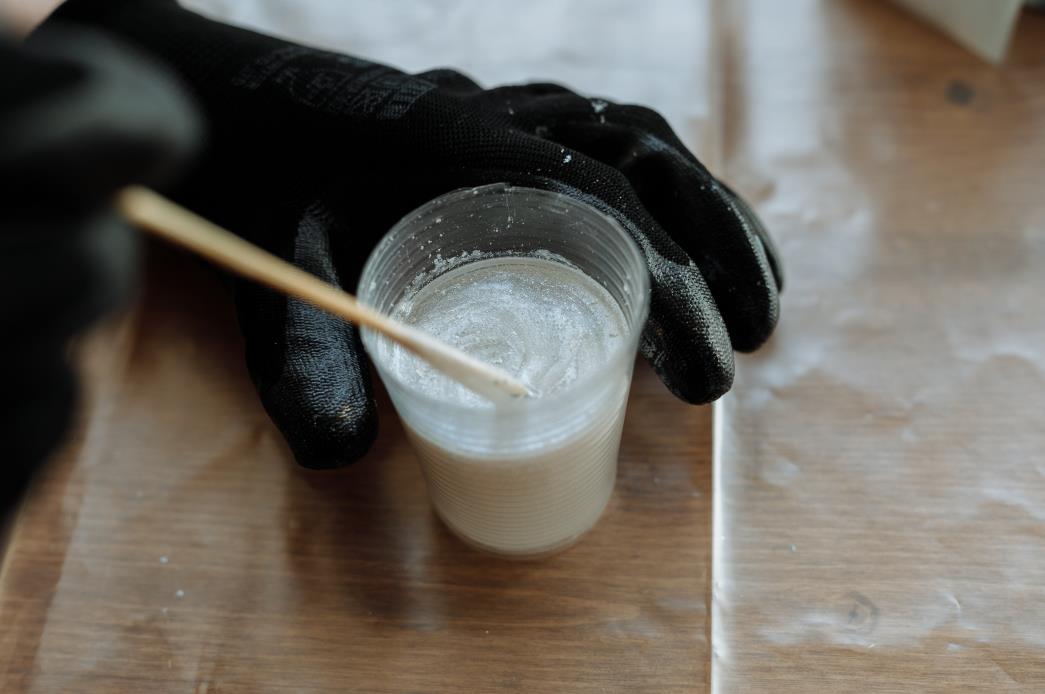
The production of Micarta involves a series of steps, beginning with the substrate. Depending on the desired properties and end use, various materials like paper, linen, canvas, or glass can be utilized as a substrate. These materials are then impregnated with a thermosetting resin, typically phenolic resin.
The impregnated layers of substrate are carefully stacked to create a layered structure. The structure is then placed under heat and pressure to cure the resin, bonding the individual layers into a solid composite. As a result, you get a strong, durable material with unique characteristics.
Types of Micarta
Micarta is a versatile and durable composite material, making it an ideal choice for knife handles. There are several types of Micarta, each with unique properties and advantages. This section will briefly discuss the most common types of Micarta: linen, canvas, and paper.
Linen Micarta is made from layers of fine woven linen fabric impregnated with a phenolic resin. This type of Micarta offers a tight, smooth finish and excellent grip, even when wet. Linen Micarta is also known for its strength and resistance to wear, making it a popular choice for high-end knives and EDC tools.
Canvas Micarta, like linen Micarta, is constructed through a process of layering and compressing fabric and phenolic resin. However, canvas Micarta utilizes a coarser weave than linen Micarta, resulting in a more textured surface. This texture provides enhanced traction for your hand, making canvas Micarta ideal for more rugged and heavy-duty applications.
Paper Micarta is made with layers of paper soaked in resin and compressed under high pressure. While this type is less resistant to impact and wear compared to linen and canvas Micarta, paper Micarta offers a unique, smooth finish and a somewhat lighter weight. Its appearance can closely resemble wood or ivory, making it a popular choice for custom knife makers and collectors.
In addition to these three primary types, Micarta is also available in various materials such as glass, carbon fiber, burlap, leather, and more. These variations provide a diverse selection of options for knife handle production. No matter your specific needs or preferences, you are likely to find a type of Micarta that suits your requirements.
Micarta in knife handles
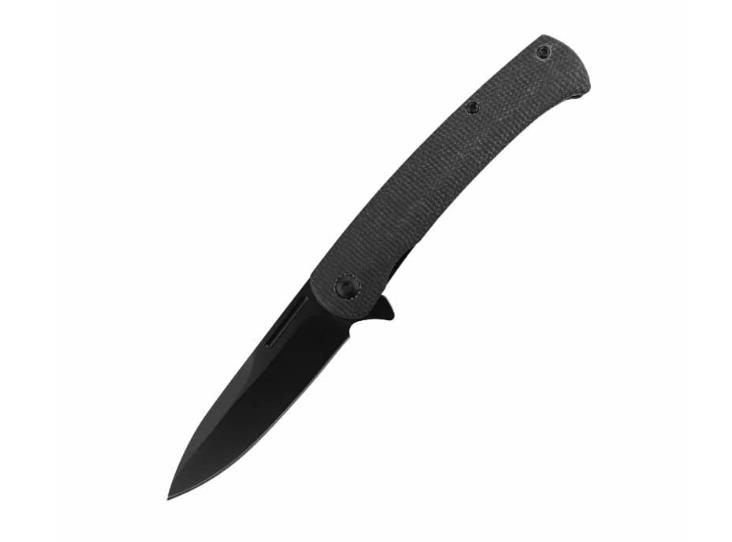
Benefits of Micarta for knives
As a knife handle material, Micarta provides several advantages. First, the material offers a dependable grip. Even when exposed to moisture, the textured surface of Micarta ensures the knife stays firmly in your hand.
Durability is another strength of Micarta handles. They show remarkable resistance to impact, wear, and scratches. This makes them a reliable choice for heavy-duty tasks and frequent use. Tied to its durability is Micarta’s ability to hold up well in extreme temperatures. It maintains stability and resists warping when subjected to high heat or freezing conditions. This feature can be particularly useful for those who venture outdoors.
Drawbacks of Micarta for knives
While Micarta is a popular material for knife handles, there might be a few potential concerns. One downside is that it tends to be heavier than other handle materials like G10 or carbon fiber. If you prefer a lighter knife, this could be a factor to consider. Another possible drawback is that initial versions of Micarta can be less vibrant or colorful than other knife handle materials. As it ages, however, it can develop a pleasant patina.
Lastly, Micarta can be more expensive than some alternatives. Its cost reflects the manufacturing process and the labor required to shape the material. Weighing the benefits and drawbacks, you can decide if Micarta is the right choice for your knife handle material.
Buy Wholesale Knives and Start Scaling up with Us Today
Contact us and connect with a sales rep to get a free quote.
Comparing Micarta with other knife handle materials
Wood
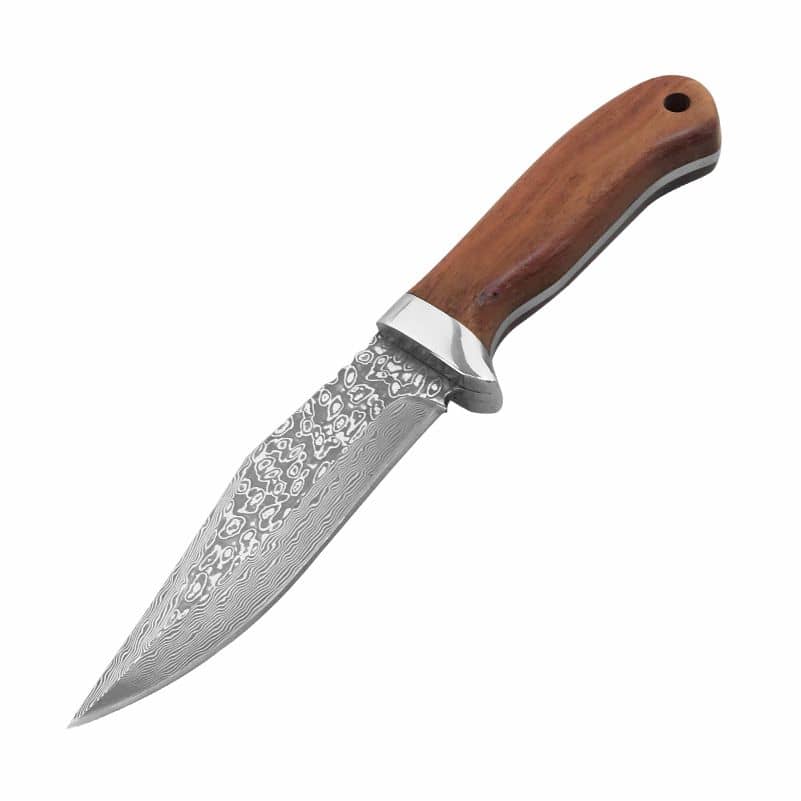
When it comes to knife handles, natural wood offers a classic and visually appealing option. However, compared to Micarta, wood can be more susceptible to moisture and temperature fluctuations, which can cause it to warp or crack. Micarta, being a synthetic material, provides better resistance to these factors, ensuring a more durable and long-lasting handle.
G10
G10 is a very close alternative to Micarta. They are often compared side by side by knife enthusiasts, in fact, we’ve written an article about the two already. G10 is known for its rigidity and lightweight properties. While both Micarta and G10 are durable and resistant to moisture, Micarta tends to have a more comfortable grip due to its slightly softer nature. This can be beneficial for extended use, as it can help reduce hand fatigue.
Ultem
Ultem, also known as polyetherimide (PEI), is a high-performance thermoplastic material increasingly used for knife handles. Its main advantages stem from its exceptional heat resistance, strength, and chemical resistance. Unlike Micarta, Ultem handles do not develop patina, have limited color variations, and are significantly more expensive. It is considered a premium option for knife handles. The choice between Ultem and Micarta for knife handles depends on specific needs, aesthetics, performance requirements, and budget.
Other common knife handle materials
- Bone: A natural material that is attractive but can be fragile and slippery when wet.
- Carbon fiber: Lightweight, strong, but relatively more expensive and can be slick.
- FRN: Fiberglass Reinforced Nylon, a type of plastic that is lightweight, tough, and affordable, but lacks the grip and warmth of Micarta.
- Aluminum: A durable and lightweight metal that can be slippery in wet conditions and cold to touch.
- Metal: Generally strong and durable but can be heavy and may corrode.
Should you invest in Micarta for your knife business?
Micarta is the perfect middle-ground in a debate between knife handle materials. It is durable, resistant to various environmental changes, offers customizability, and is not as expensive.
If you’re a startup in the knife-selling business or just want to dip your toes in the water, Micarta is the most secure option. It’s a material that’s widely acknowledged and employed by major brands, something your customers are already acquainted with.
However, if your customers prioritize budget and traditional preferences, it might be a good idea to consider other handle materials that align more closely with their concerns.
No matter your choice, LeeKnives will help you source the material and build the perfect knife for your store. Contact us today and learn your options.
